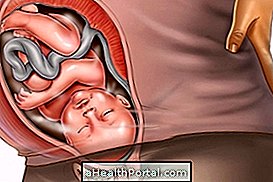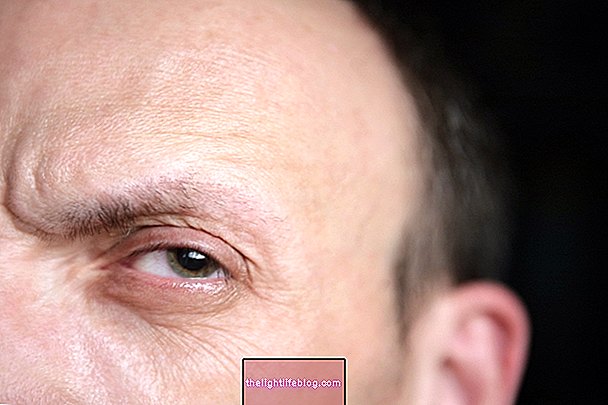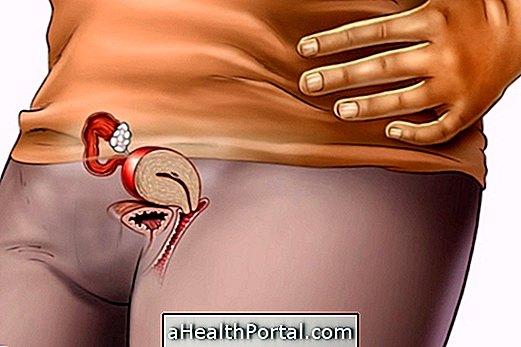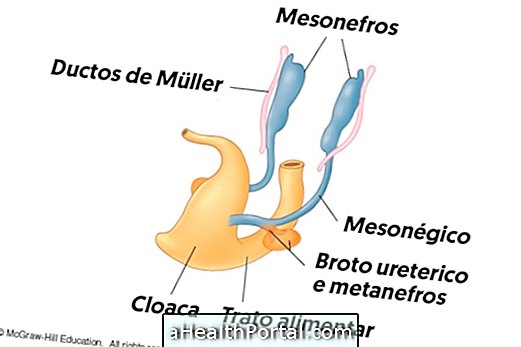The main consequences of the septate uterus are difficulty in getting pregnant and frequent miscarriages. The septate uterus is a congenital change, which occurs when the uterus is divided in two by a 'wall', which hinders the development of the fetus and can cause abortion.
This division of the uterus may be partial, in the case of an incomplete or total septate uterus, in the case of a complete septate uterus, and its diagnosis can be made through examinations such as ultrasonography. The treatment of the septate uterus is done through a surgery called surgical hysteroscopy, a procedure in which the wall dividing the uterus in two is removed and prevents pregnancy.
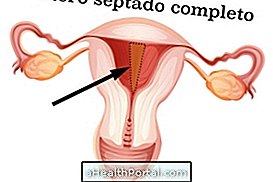

Symptoms of septate uterus
In general, the septate uterus does not cause symptoms, and is only discovered during routine exams with the gynecologist or when the woman has difficulty becoming pregnant, with constant miscarriages. These abortions occur because the septum prevents proper formation of the umbilical cord, which prevents the fetus from receiving all the nutrients needed to develop.
In addition, the septum that divides the uterus into two also prevents the baby from growing because of lack of sufficient space in the uterus.
Diagnosis of the septate uterus
The diagnosis of the septate uterus is made by the gynecologist through examinations such as ultrasonography, uterine curettage or hysterosalpingography.
Often the septate uterus is confused with the bicornic uterus, which is when the uterus is not fully attached to the cervix, and the differentiation between these two changes can be made by 3D ultrasonography or by an examination called hysteroscopy.
Septic uterus surgery
Treatment of the septate uterus is done by removing the wall that divides the uterus into two parts. This withdrawal is done through a surgery called surgical hysteroscopy, where an appliance is introduced through the vagina into the uterus for removal of the septum. See more details on this procedure: Surgical hysteroscopy.
This procedure is done with general or spinal anesthesia, lasts about 30 minutes to 1 hour, and the woman can go home the same day of surgery. However, it is normal for vaginal bleeding to occur for up to 6 weeks after surgery, and it is usually necessary to take pain medication to reduce inflammation in the uterus, as well as antibiotics to prevent infection.
The care that should be taken within 2 weeks of surgery is to avoid making physical exertions such as picking up heavy objects or working out, not having intimate contact and avoid swimming in the pool and sea. In case of fever, pain, severe vaginal bleeding or foul smelling discharge, seek medical attention.
In general, about 8 weeks after surgery the woman is reassessed to check the outcome of the surgery and be released to get pregnant.



